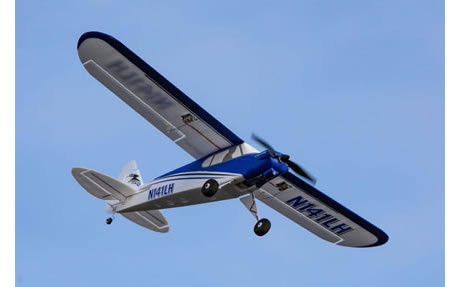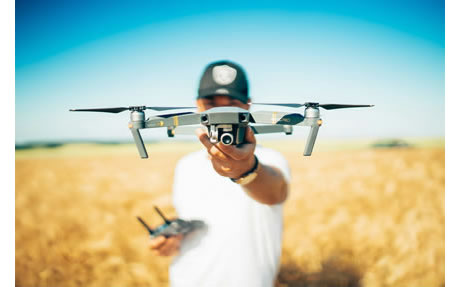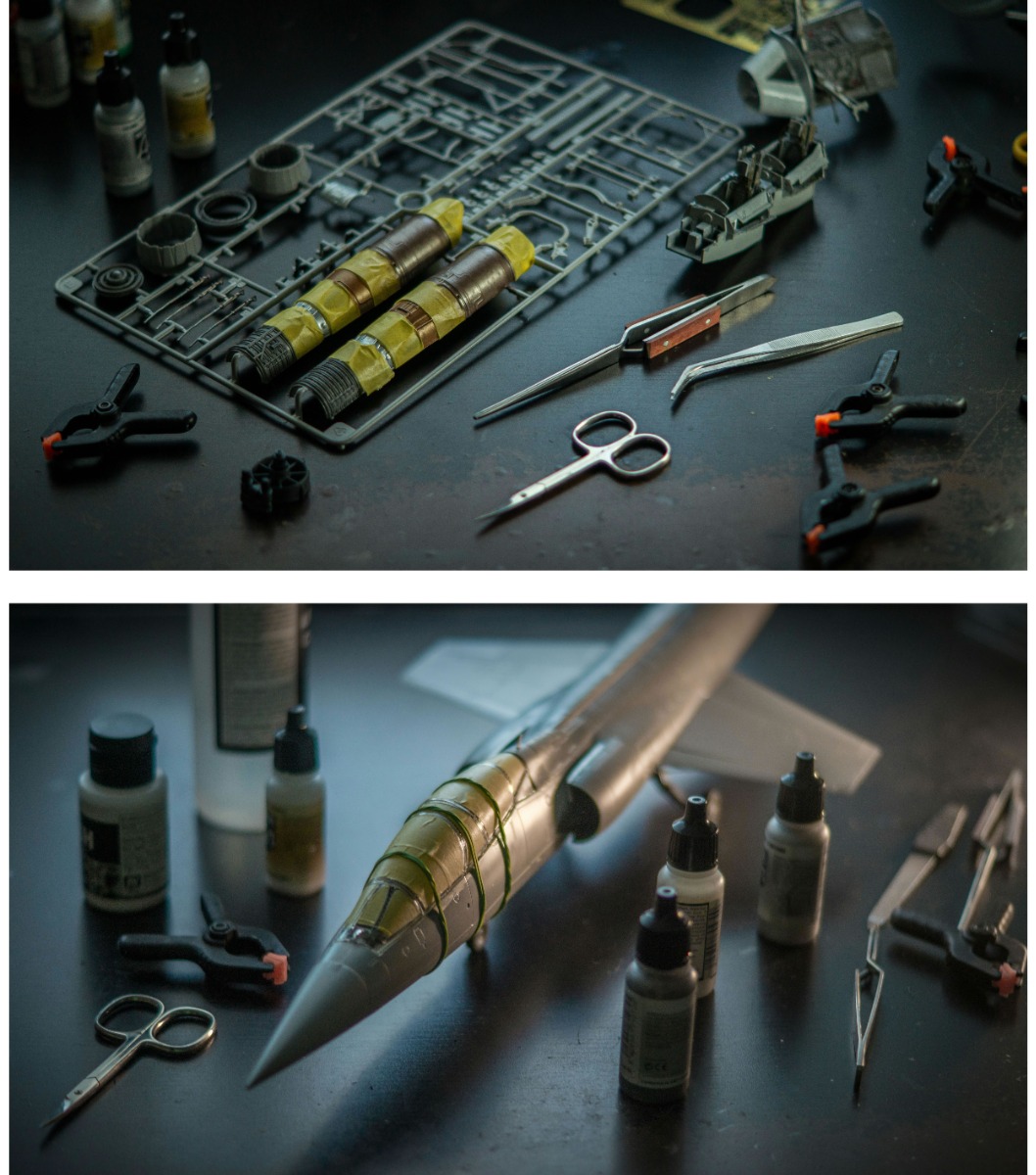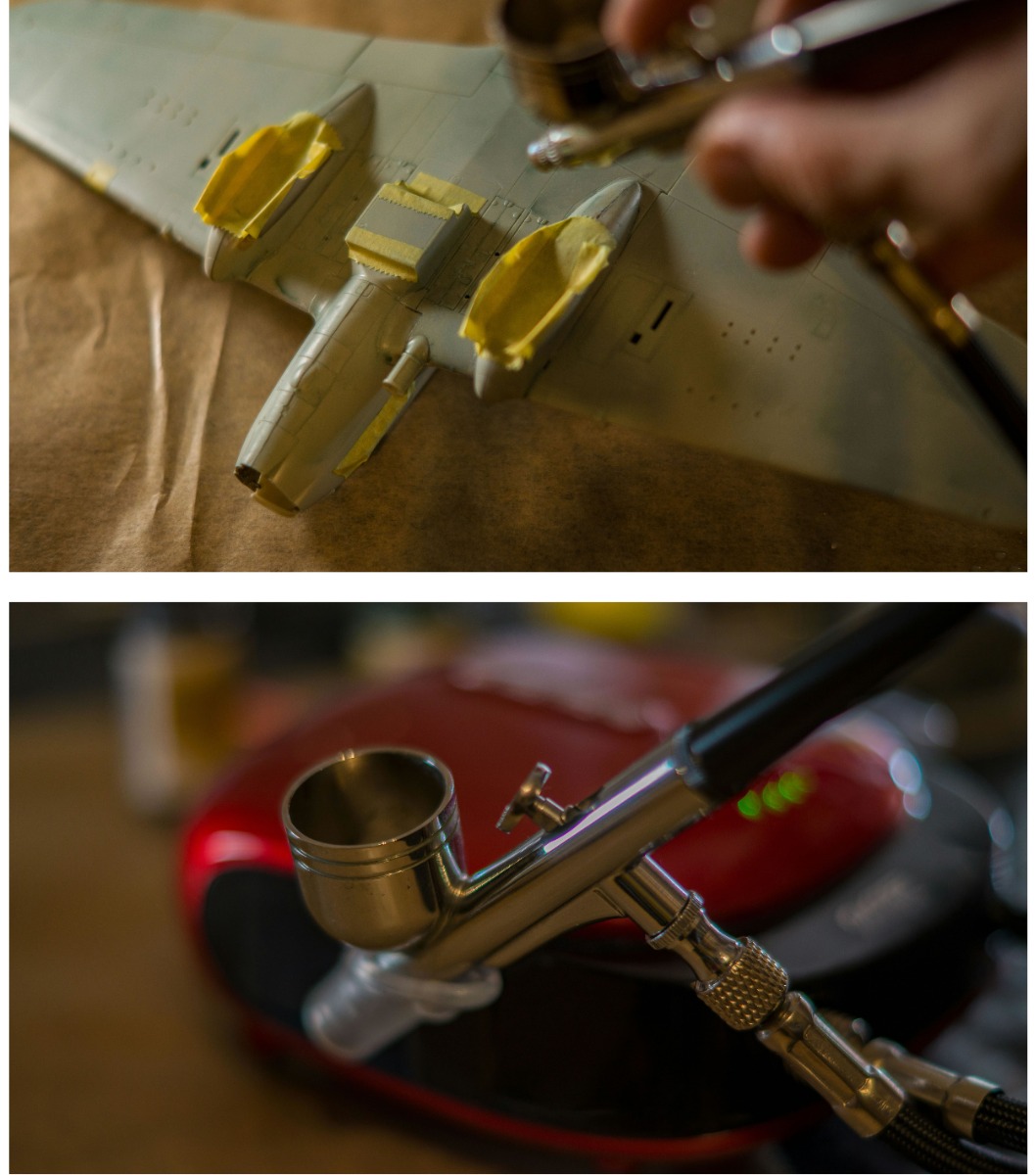AZ Model 1/72 Yokosuka K5Y2 'Float Willow' # 7882
The Yokosuka K5Y2, commonly known as the "Float Willow," was a Japanese intermediate training aircraft used primarily during World War II.
Known for its distinctive twin-float design, the K5Y2 was a versatile and reliable trainer that played a crucial role in preparing Japanese pilots for combat operations.
Airframe and Design: The K5Y2 "Float Willow" was a biplane with a traditional fabric-covered metal frame, featuring staggered wings and wire bracing. Unlike the land-based K5Y1, the K5Y2 was equipped with two large pontoons (floats) beneath the fuselage for water landings, making it ideal for training naval aviators. The aircraft’s design combined a long, open cockpit with tandem seating for the student pilot and instructor, offering excellent visibility and ease of communication during flight.
Engine and Performance: Powered by a Hitachi Amakaze 11 nine-cylinder radial engine producing around 340 horsepower, the K5Y2 had a top speed of approximately 150 mph (240 km/h). Its performance was modest but sufficient for training purposes, focusing on handling characteristics rather than speed. The aircraft was easy to fly, forgiving of pilot errors, and capable of performing basic aerobatic maneuvers, which made it a popular trainer.
Float Configuration: The twin-float setup was specifically designed for water-based operations, allowing training in various maritime environments such as coastal waters, rivers, and harbors. The floats were mounted with struts attached to the lower wing and fuselage, providing stability on water. This setup also allowed pilots to gain experience with water landings and takeoffs, crucial skills for carrier-based operations.
Cockpit and Controls: The cockpit of the K5Y2 was open and basic, equipped with essential flight instruments. The tandem seating allowed the instructor to closely monitor and guide the student. The aircraft featured dual controls, ensuring that the instructor could take over if necessary. The simple and straightforward layout of the cockpit was designed to build fundamental flying skills in a controlled environment.
Operational Role: The K5Y2 served as an intermediate trainer, bridging the gap between basic flight training and advanced combat aircraft. It was particularly valuable in training naval pilots who would later fly more complex floatplanes or carrier aircraft. The aircraft’s stable flight characteristics and durability made it an ideal choice for repetitive training missions, including formation flying, navigation, and simulated combat maneuvers.
Markings and Color Scheme: The "Float Willow" typically wore a bright orange paint scheme, a standard color for Japanese training aircraft, enhancing visibility during flight training. Some units carried identification markings such as red tail stripes, Hinomaru (Japanese roundels), and unit insignia.
The Yokosuka K5Y2 "Float Willow" was an essential training tool for the Imperial Japanese Navy, playing a significant role in shaping the skills of pilots destined for frontline service.
Its reliable design, ease of handling, and adaptability to water operations made it a mainstay in Japan’s wartime aviation training program.























 Spread the cost with Paypal Credit
Spread the cost with Paypal Credit
 Spread the cost with Klarna
Spread the cost with Klarna














